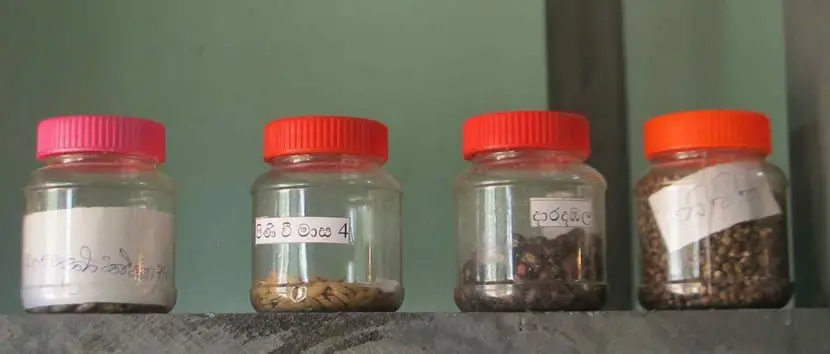

There are many reasons to get your own natural seeds and the main one lies in the genetic modification that most of the seeds that are commercialized have.
When it comes to getting back to the organic agricultureit is important to have a seed bank in order to ensure that the plants do not present any type of genetic alteration at the same time that we will obtain good quality products.
Step by step


The idea is that the seed bank be as heterogeneous as possible so it includes seeds of different vegetables and fruits. Also, it is good to include the local plant seeds then we will ensure good quality plants that adapt without problems to the habitat.
When starting the seed bank, the selection of the fruits is important because it will always be necessary to choose those that are large and present good conditions. Try to opt for the fruits that smell good and look even better, those that are regular and not deformed and also those that are larger They are also the ones that contain the most nutrients.
The rule is simple: the best fruits also contain the best quality seeds. When it comes to lettuce, onions and other crops whose seeds are in the flowers, it will be necessary to select the seeds of the flowers that grow later.


The extraction process is repeated in a large number of plants. The seeds rest inside the fruits so you just have to open them and then extract the seeds, clean them with water and then let them dry in a dry and ventilated place, either in the sun or in the shade. The seeds must be completely dried and you must avoid leaving moisture in them as this could cause them to rot or germinate earlier than desired. A good method to check if the seeds are completely dry is to take them and try to break them by folding them. If they break, they are dry.
Once ready, it is time to save them. You can choose a paper or cloth bag and in a place that is dry, cool and dark. These bags are porous and will prevent moisture from accumulating in them. If you have a lot of seeds, you can store them in airtight glass jars.
Do not forget to write down the references of each seed, always including the name of the seed, the date of packaging and all the details that help you at the time of sowing (origin, state of the fruit at the time of obtaining the seed, etc.).
How long will the seeds in good condition? Here is a reference table:
1 Year: onion
2 years: corn
3 years: pea, lettuce, bean, pepper, carrot, tomato, endive.
4 years: chard, cabbage, spinach, broad bean, turnip, radish, broccoli, cauliflower, beet, turnip, broad beans
5 years: celery, eggplant, pumpkin, melon, cucumber, thistle, zucchini, watermelon

